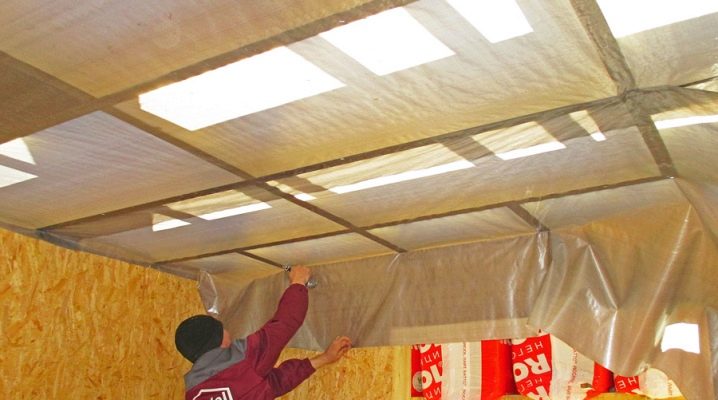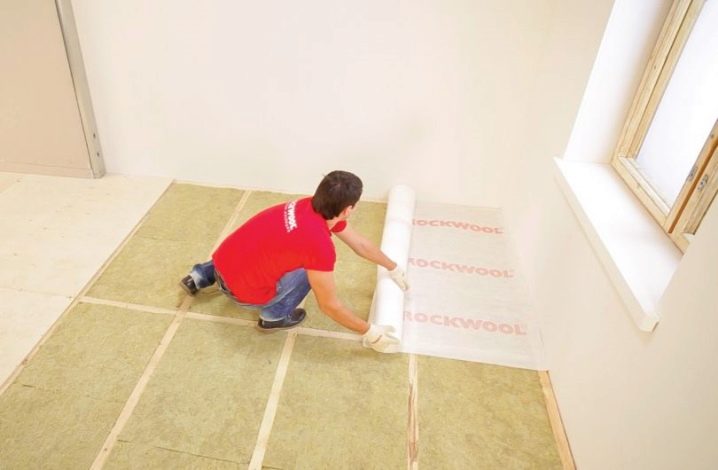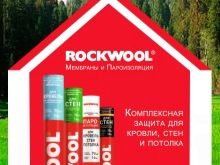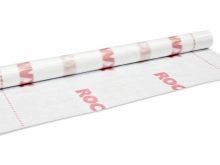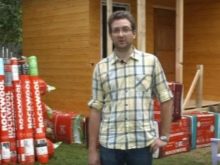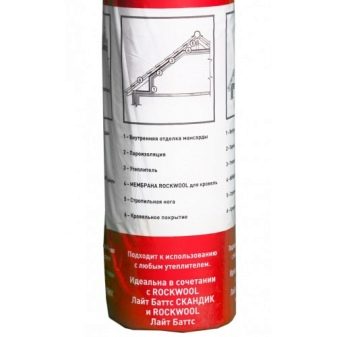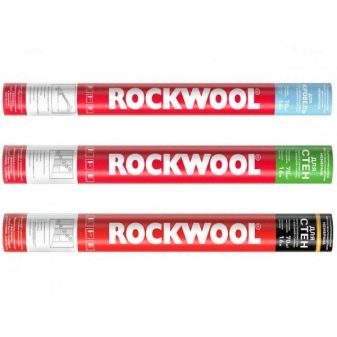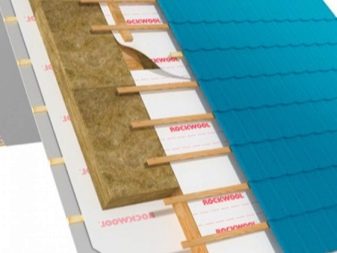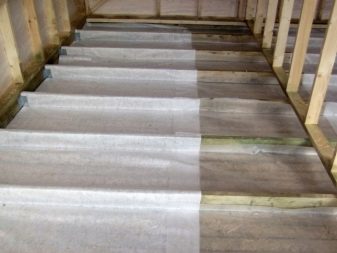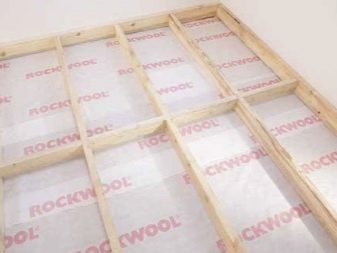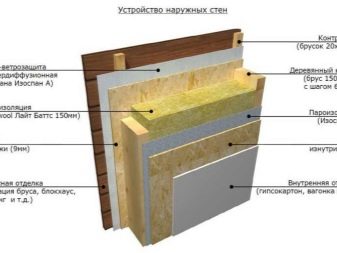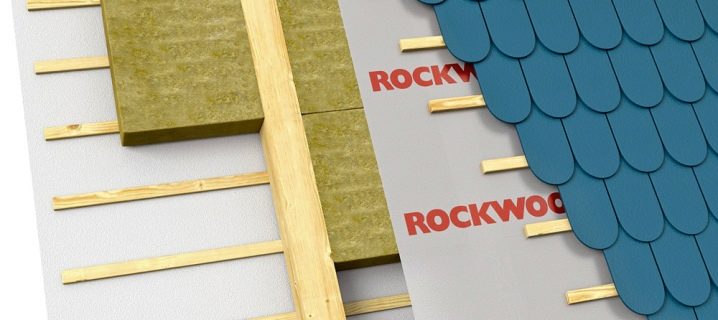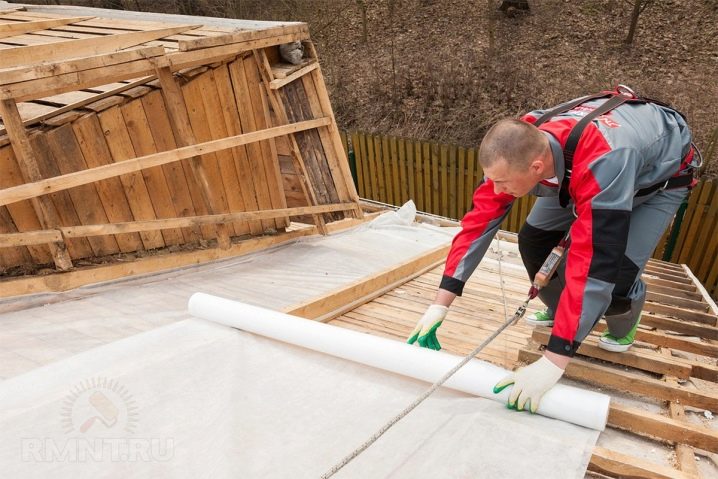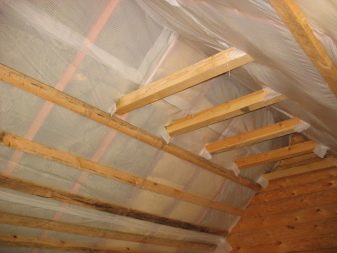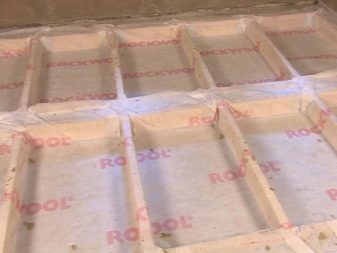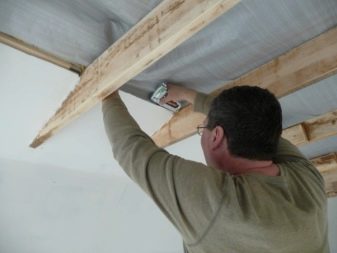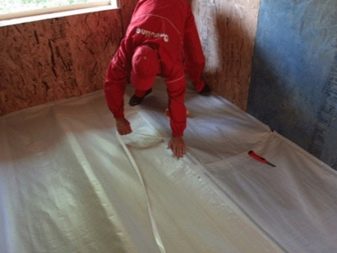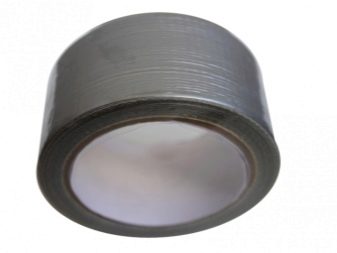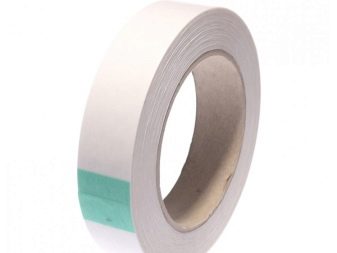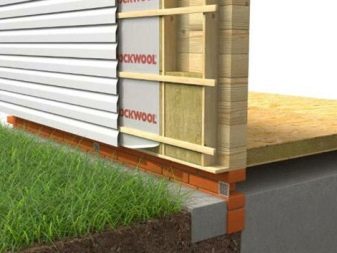Features of the use of Rockwool vapor barrier for roofs, walls and ceilings
The vapor-insulating two-layer film Rockwool prevents the ingress of steam penetrating into the insulating layers of residential structures. The material has its own characteristics: it possesses enhanced strength characteristics and is used not only as a heater, but also as hydro-insulation.
Specifications
Vapor and water insulation Rockwool is a material consisting of synthetic (polypropylene) fabric and laminated on one side with polyethylene or polypropylene at high pressure and temperature. As a result, one side is smooth and the other is rough for water absorption and further evaporation of condensate. Externally, the hydrofilm resembles a regular white polyethylene film with a red brand logo.This is a rolled material with a total area of 70 m2, the product width is 1, 6 m.
The presented products have their advantages, which is why it is so popular and in demand:
- Rockwool materials are environmentally friendly, so they are used in different types of buildings, as well as harmless to residential premises, including children's rooms and bedrooms;
- due to the porous structure of the fibers, in addition to thermal insulation, high soundproofing is ensured;
- since the products have low thermal conductivity, they are able to retain heat well;
- a distinctive feature of the product is its windproof function, which is particularly relevant for the operation of the roof;
- due to the fact that the internal structure withstands ultra-high temperatures (about 1000 degrees), the material is highly resistant to fire and protects any structure from fire;
- steam insulation with proper installation has a long service life - up to several decades.
As features of the use of Rockwool products, it can be considered that membranes are more suitable for roofs, which are characterized by higher vapor permeability indicators compared to the film, while this product is ideal for performing vapor barrier on the ceiling and floor.
In addition, high-quality vapor barrier significantly reduces the cost of air conditioning. In addition, the material is not susceptible to insects, mold, does not contribute to the proliferation of bacteria.
Spheres of use
The main purpose of the material is the insulation of interior and attic rooms of buildings, as well as the prevention of humidity, leading to the destruction of building structures.
Thus, two important tasks are solved at once:
- prevent indoor humidity;
- protect the roof from water outside.
These indicators determine the possible areas of application of the material:
- hydro- and vapor barrier of non-insulated pitched roofs in order to protect the attic wooden structure from moisture;
- reconstruction of old roofs;
- arrangement of flat roofs;
- temporary waterproofing of roofs and walls for 90 days;
- sheathing of ceilings and walls during internal insulation of premises;
- in the form of a layer for vapor-waterproofing, the film is used in concrete floors.
Despite the fact that there are different types of these products in the form of membranes, polyethylene, foil and reinforced cloth, professional builders advise to buy only Rockwool roofing vapor barrier.
Styling details
If a vapor barrier film is used, it is necessary to adhere to the recommendations (it is necessary to act strictly according to the instructions):
- laying of the film is made with a rough side inside the room (if the installation of the roof, then - to the street);
- it is possible to fix the products both horizontally and vertically (as it is more convenient in each individual case), this is done with an overlap at joints of 15 cm;
- a construction stapler for truss systems made of wood is used for fastening;
- a counter lattice is fixed on top of the material on which the inner lining will be mounted;
- for optimum ventilation, leave gaps between the finish and vapor barrier.
To equip the attic floor, the film is rolled between the lags. Usually it lays down easily and evenly, is durable to tear, therefore it does not tear, even when a stone is laid on it. You can spread the material on the subfloor, but then you still have to do the sheathing for the installation of insulation boards.
Sheathing vapor barrier walls provides rolling roll along and fixing the stapler.
Additional building materials
For high-quality vapor barrier product manufacturers advise the use of special, double-sided roofing tape. When working, it is glued to the bottom sheet, then fixed with staples to the carrier, and then straightened from the middle to the sides. The film is well stretched due to its strength and elasticity.
The manufacturer has not issued a special adhesive tape for vapor-waterproofing, however, in the course of work, an aluminum adhesive tape will be suitable for heat-insulating plates intended for arranging walls and ceilings of baths and saunas. Its advantage is high adhesion with other materials. In addition, it is characterized by increased vapor tightness.
The use of adhesive tape from other manufacturers is allowed:
- TPL - tape with glue based on natural rubber and polypropylene coating (based on fabric);
- Butyl tape - durable, reliable tape with maximum adhesion (minus the product is its toxicity, so it is important to install only in a protective respirator);
- inexpensive polypropylene tape is not very reliable, but in some cases it may still be applicable.
Reviews show that Rockwool foil tape is the best option.
Useful recommendations
For the implementation of high-quality, reliable and durable vapor barrier, it is necessary to adhere not only to the relevant stages of installation and installation, but also the rules of operation and safety:
- When choosing a product, as well as during its transportation, it is important to pay attention to the integrity of the package. All movements must occur carefully: do not allow shocks, mechanical damage, leading to deformation and reduce the quality of the product.
- Storage in the open air is not allowed, as any precipitation may also affect the structure of the material. If the products will be on the street before the work, under it you need to put any reliable gasket, and cover with a tarpaulin or cellophane on top.
- It is advisable to keep the rolls in a vertical position in a dry place with a flat surface. On the street you can put the package under the canopy.
- Do not forget about safety when working with the canvas. To do this, use a respirator, and gloves to protect hands. Cut material can be a knife specifically designed for cotton.
The Rockwool vapor barrier is a reliable and durable vapor barrier that makes it possible to permanently forget about the discomfort caused by dampness and cold. The main thing - to correctly carry out the installation of the film.
How to insulate the attic with Rockwool film, see the following video
